 This article contains a brief squeeze from my own experience and that of my colleagues, with whom I had been fighting incidents day and night. And many incidents would never have occurred if all these microservices that we love so much were written at least a little more carefully.
This article contains a brief squeeze from my own experience and that of my colleagues, with whom I had been fighting incidents day and night. And many incidents would never have occurred if all these microservices that we love so much were written at least a little more carefully.
Unfortunately, some programmers seriously believe that a Dockerfile with any team at all inside is a microservice in itself and can be deployed even now. Dockers are running — money are incoming. This approach turns into problems starting from performance degradation, inability to debug, service failures and ending in a nightmare called Data Inconsistency.
If you feel that the time has come to launch one more app in Kubernetes / ECS / whatever, then I have something to object to.
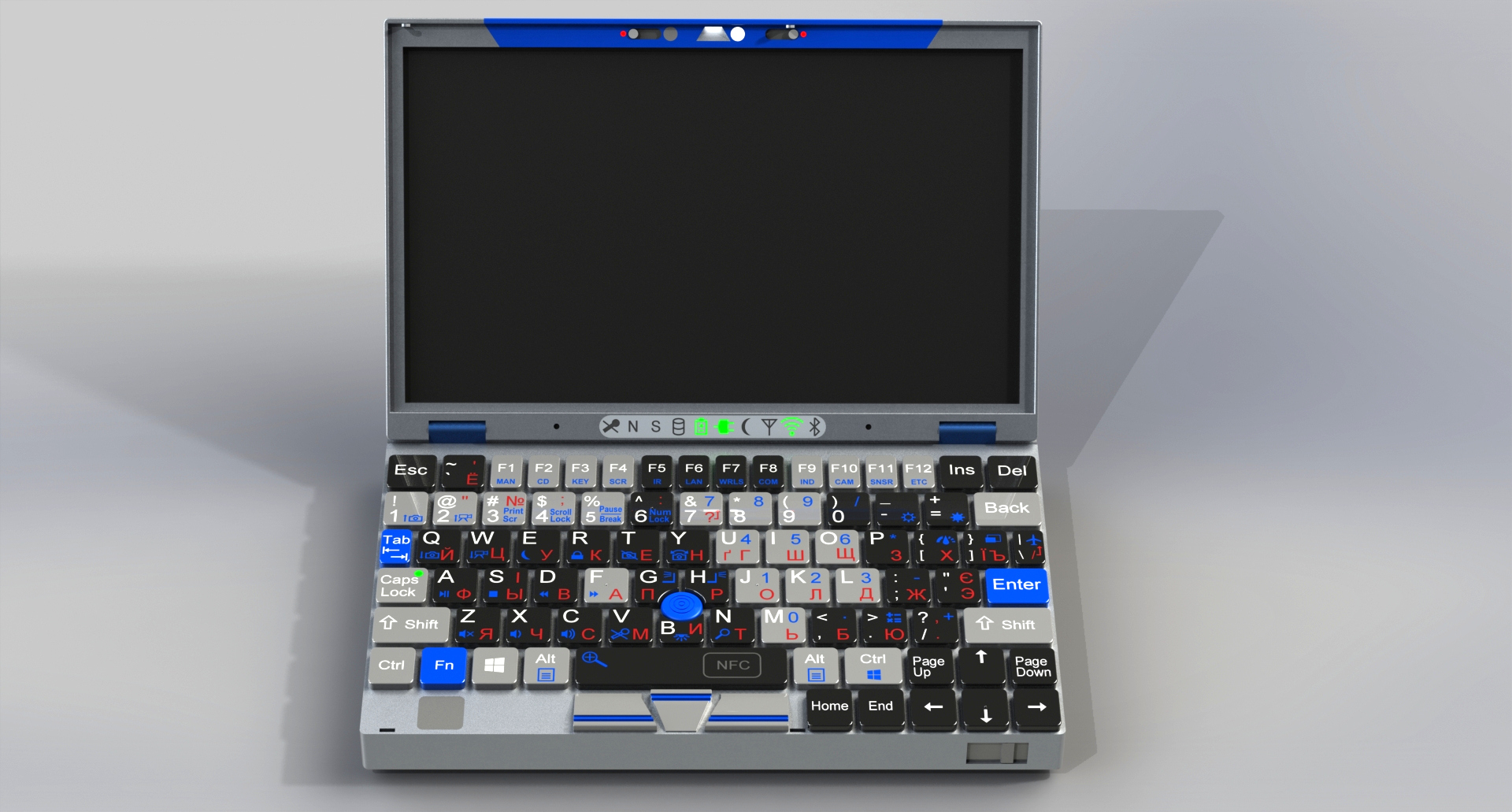
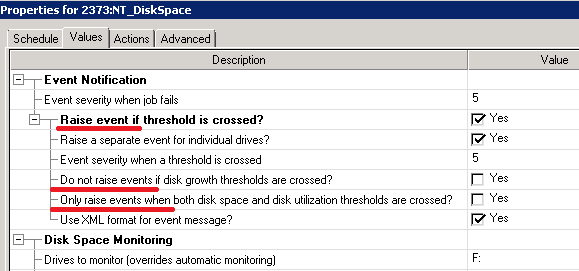

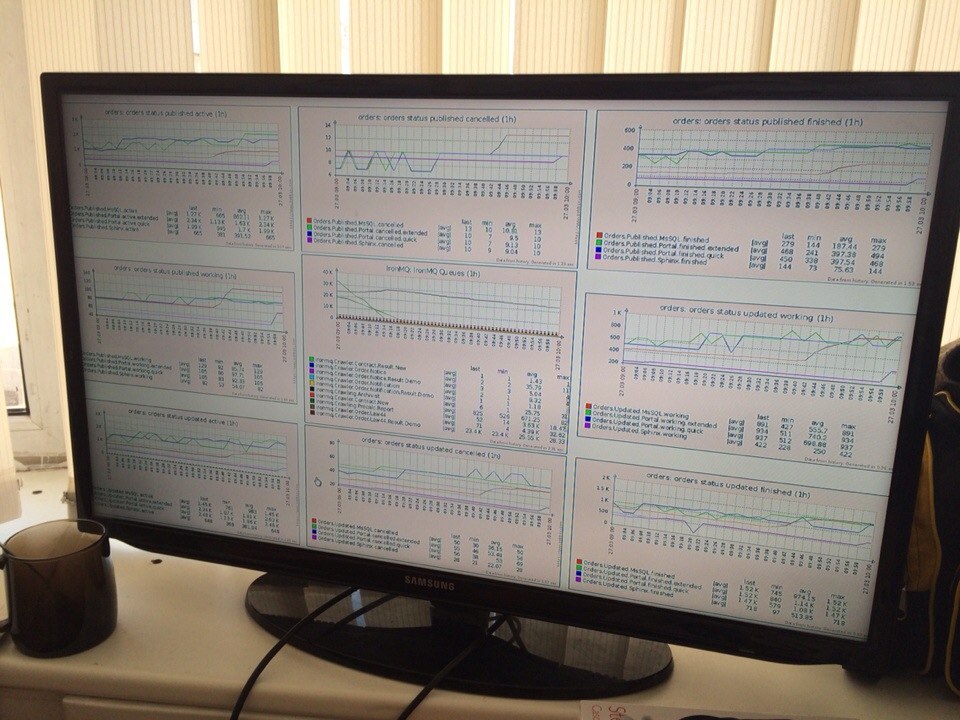

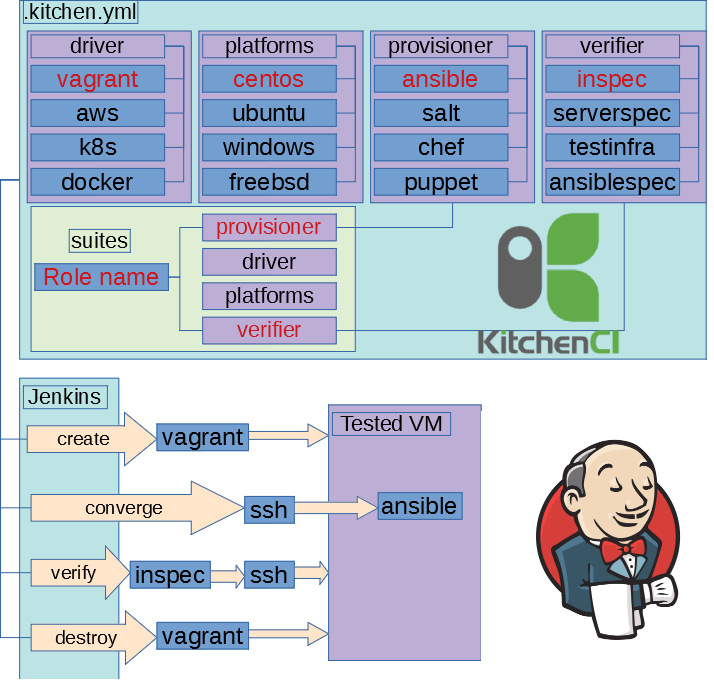
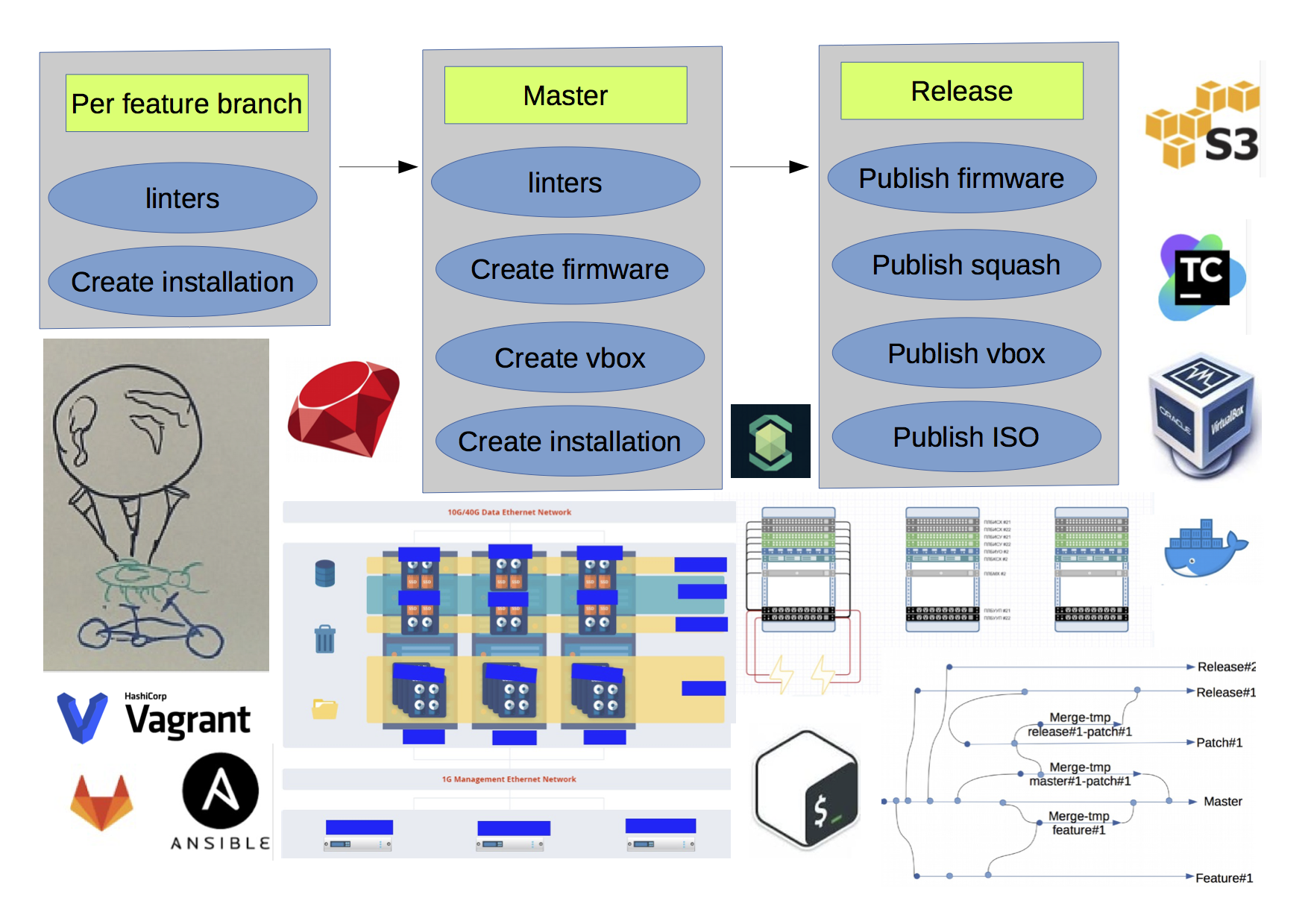

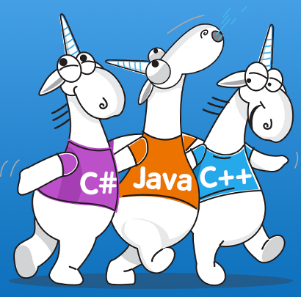 Today is an important day — after 28 releases of the sixth version we present our PVS-Studio 7.00, in which the key innovation is the support of the Java language. However, during 2018 we have acquired many other important changes related to C++, C#, infrastructure and support of coding standards. Therefore, we bring to your attention a note that sums up the major changes that have happened in PVS-Studio for the last time.
Today is an important day — after 28 releases of the sixth version we present our PVS-Studio 7.00, in which the key innovation is the support of the Java language. However, during 2018 we have acquired many other important changes related to C++, C#, infrastructure and support of coding standards. Therefore, we bring to your attention a note that sums up the major changes that have happened in PVS-Studio for the last time. So, what is the difference? How to be prepared for this interview? Let’s be non-abstract, and use an example. To be more non-abstract, let’s take something from the material world, such that you won’t be asked the exact same thing at the real interview (at least, not at the Google interview) :)
So, what is the difference? How to be prepared for this interview? Let’s be non-abstract, and use an example. To be more non-abstract, let’s take something from the material world, such that you won’t be asked the exact same thing at the real interview (at least, not at the Google interview) :)








